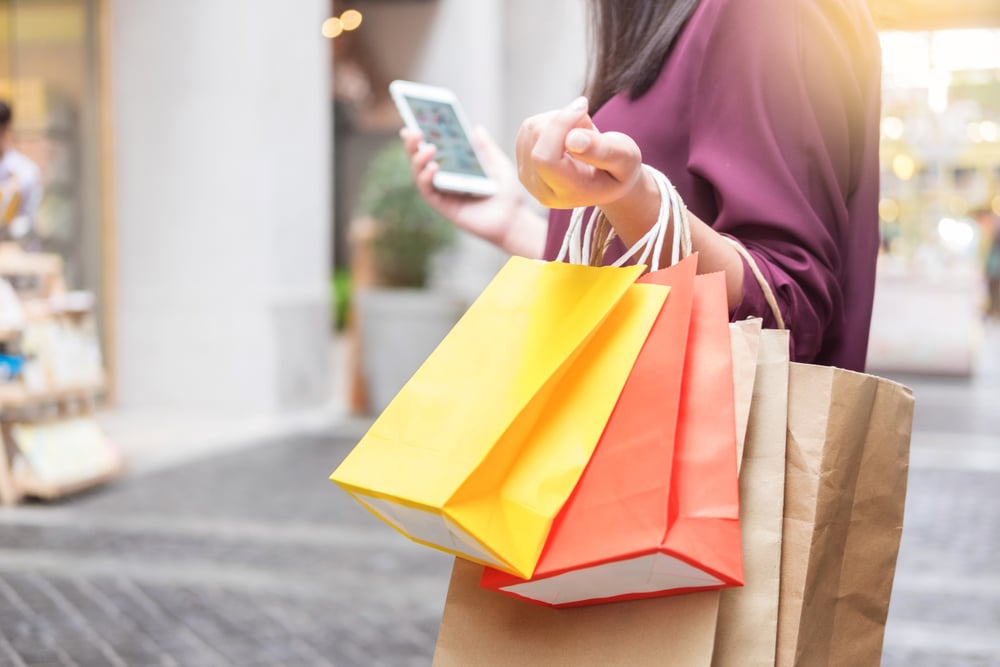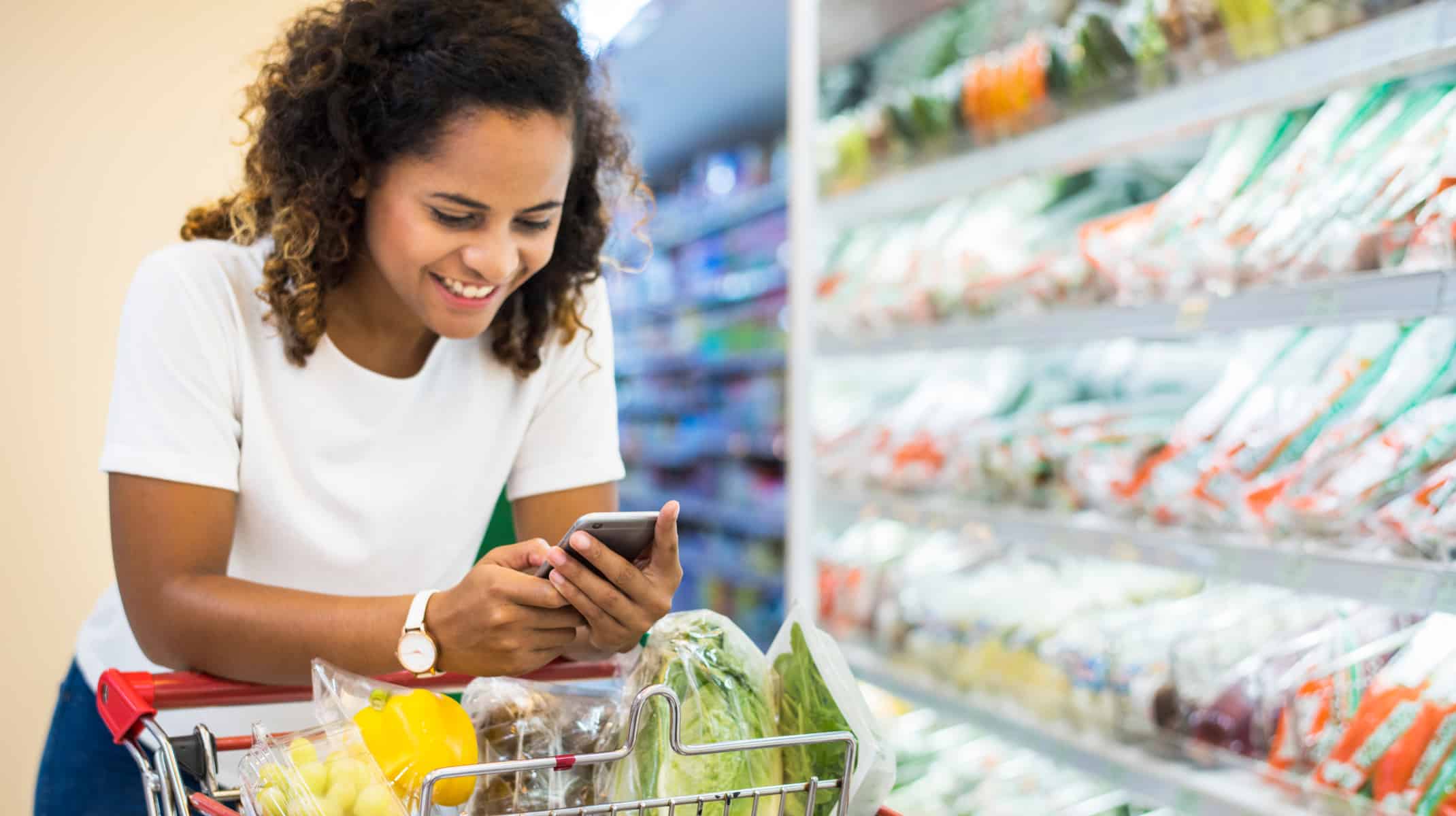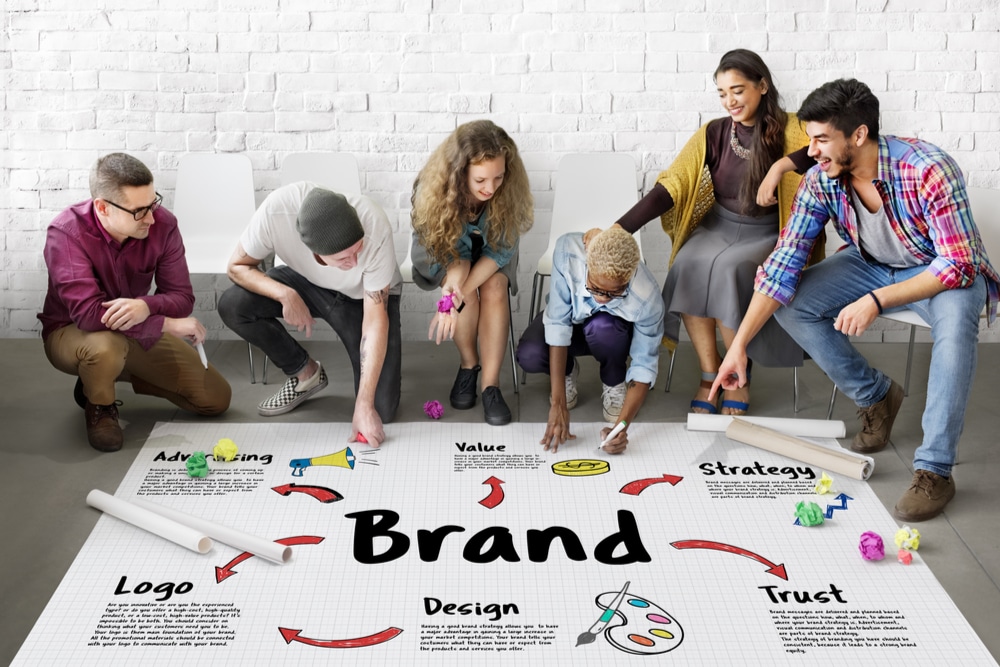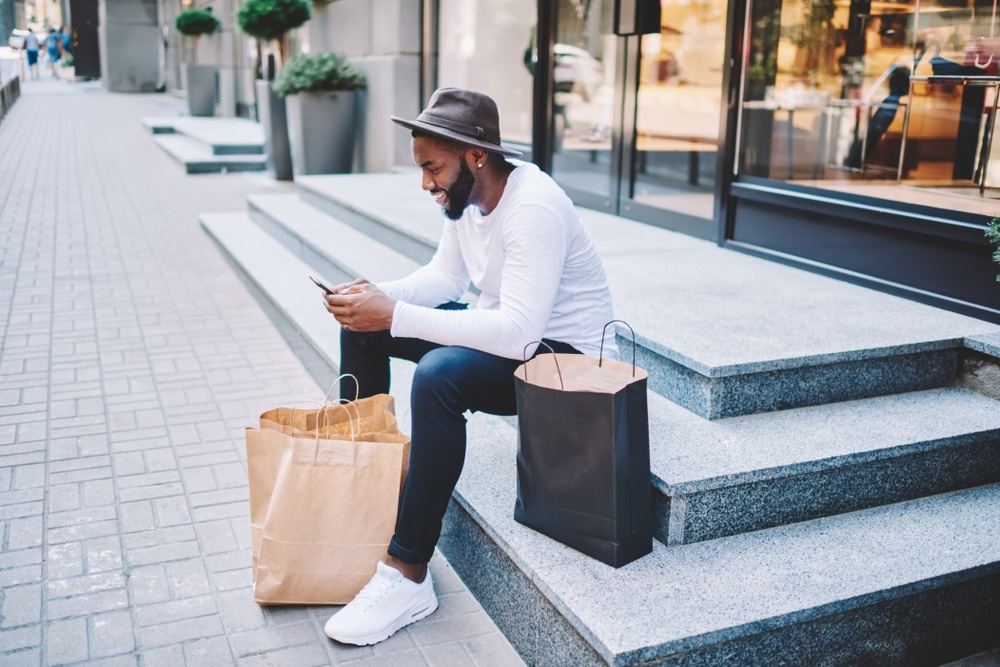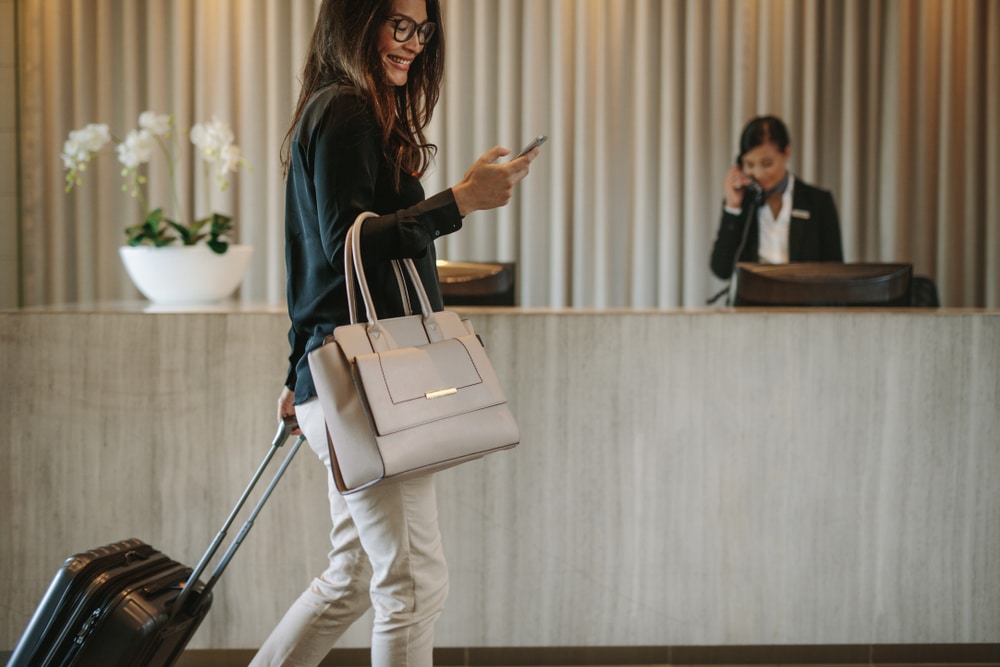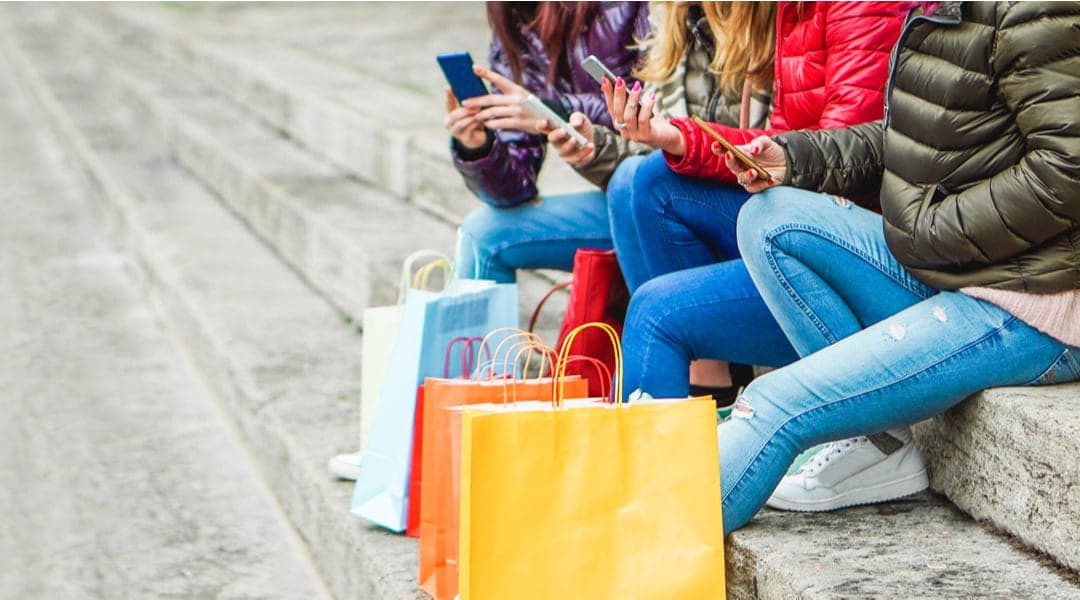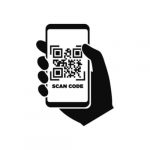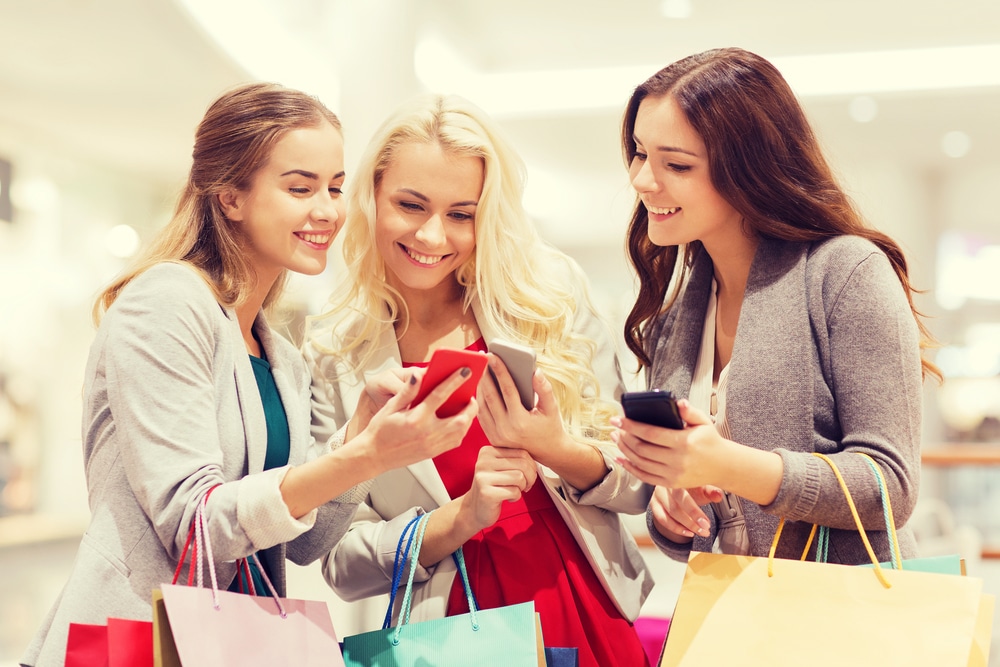Traditional in-store marketing tactics have included product demos and sampling, but 2021 will prove challenging for these activities, given the social distancing measures that will likely remain in place for much of the year. Continue reading “Smart in-store marketing tactics that drive retail sales”
Category: b2b
Strategies for proximity marketing that drive the customer journey
The customer journey is composed of the five key shifts a prospective buyer experiences on the path to purchase: Continue reading “Strategies for proximity marketing that drive the customer journey”
A Few Thoughts As We Head Into 2021
By Dave Fisch, General Manager of Shopkick
Top 6 benefits of mobile marketing in retail: Everything you need to know for 2021
Surging COVID Cases Means Stocked Pantries: Consumers Stockpiling More Now Than in March
Shopkick survey finds rising concerns about COVID are leading to empty store shelves as consumers revert to stocking up Continue reading “Surging COVID Cases Means Stocked Pantries: Consumers Stockpiling More Now Than in March”
Comparing customer loyalty programs: Which marketing strategy is right for your brand?
Customer loyalty does more than signify the groundwork of a fruitful, long-term relationship between brand and customer; it provides a multitude of strategic benefits that improve the health and success of a brand. Continue reading “Comparing customer loyalty programs: Which marketing strategy is right for your brand?”
These 3 retail mobile app trends will drive ROI in 2021
Mobile apps are among the most effective retail marketing strategies today. Continue reading “These 3 retail mobile app trends will drive ROI in 2021”
Top proximity marketing trends for 2021
Proximity marketing is expected to grow at a compound annual growth rate (CAGR) of 1.6% through 2021, expanding well beyond retail applications to benefit other businesses such as gas stations, restaurants, movie theaters, and hotels. Continue reading “Top proximity marketing trends for 2021”
Former Warner Bros. Entertainment Chief of Consumer Products Division Joins Shopkick as Advisor
Licensing entertainment and consumer products innovator, Dan Romanelli, to help drive Shopkick’s expansion into destinations and entertainment
Top 3 retail app trends that will drive sales in 2021
Wishing you a happy & healthy Thanksgiving
2020 has changed life as we know it, and has undoubtedly been a challenging year for brands, retailers, and consumers alike. While some businesses have stayed afloat or even thrived amid the chaos, others have been forced into triage mode. And what was once a quick trip to the store has now become a matter of safety vs. necessity for many Americans. Continue reading “Wishing you a happy & healthy Thanksgiving”
Expanding the target market for retail stores with interactive technology
The target market for retail stores is naturally tech-savvy, with 6 in 10 shoppers using a smartphone to look up information while in-store. Continue reading “Expanding the target market for retail stores with interactive technology”

